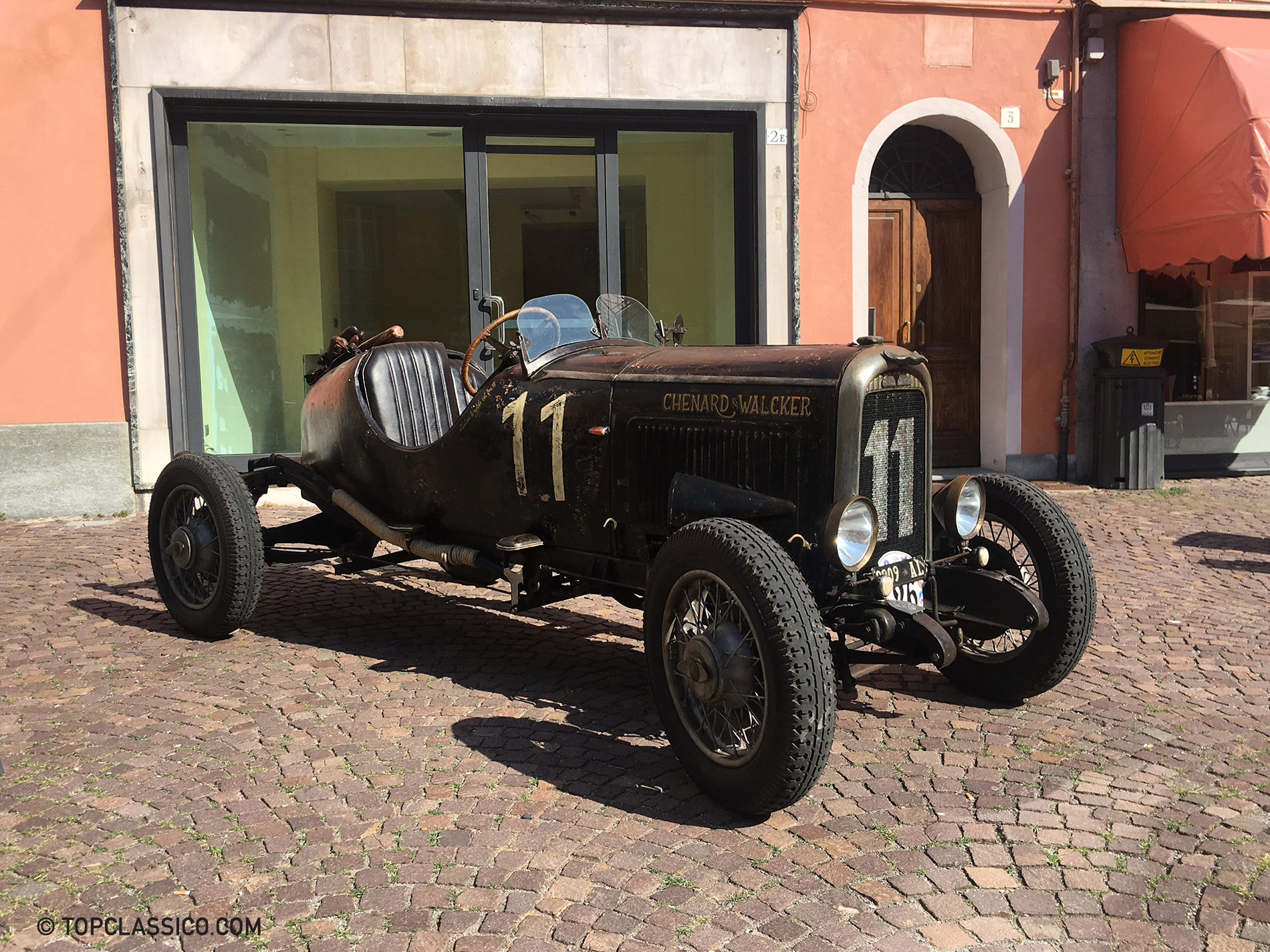Chenard et Walcker Y6, French-style délabré charm with pre-war speed

If you like the historical ones of the twenties, here is a gem produced by an important manufacturer, now erased from the collective memory: the Chenard et Walcker Y6 Torpedo
Chenard et Walcker is the car brand that first won at Le Mans, in the race that inaugurated the circuit in Sarthe in 1923. It was “the very first”, although the victory of its Type U 15CV 3-litre was only partial because at that time the competition consisted of three races a year. It was a sensational success, however, and it represented the pinnacle of the company’s sporting activity, which was well positioned in the French automotive market at that time. Established in 1889 following the partnership between Ernest Chenard and Henri Walcker for the production of tricycles and small cars, the company actually started manufacturing four-wheeled vehicles during the first decade of the new century, relying mainly on the supply of taxis sold in Paris.





A glory of motorsport. One race after another – including the Paris-Madrid of 1903, which was one of the first international speed competitions – Chenard et Walcker took fourth place among car manufacturers in France. This growth did not stop even after the premature death of Henri Walcker, who died of peritonitis in 1912. Neither of the two founding partners actually managed to witness the excellent racing results: Ernest Chenard also passed away in 1922, before the victory at Le Mans.
Route change. Under the guidance of Chenard’s second son, Lucien, and Henri Toutée, who supported him in the technical department, the factory’s triumphs continued until 1927, when Chenard et Walcker officially retired from racing to devote its efforts to the production of touring cars. Until 1950, when it shut down operations for good. The Y6 Torpedo is one of the models created during the transition period between the company’s commitment to races and the decision to focus on passenger cars. It has a 1496cc in-line 4-cylinder engine (25 hp), inherited from the previous Y3.
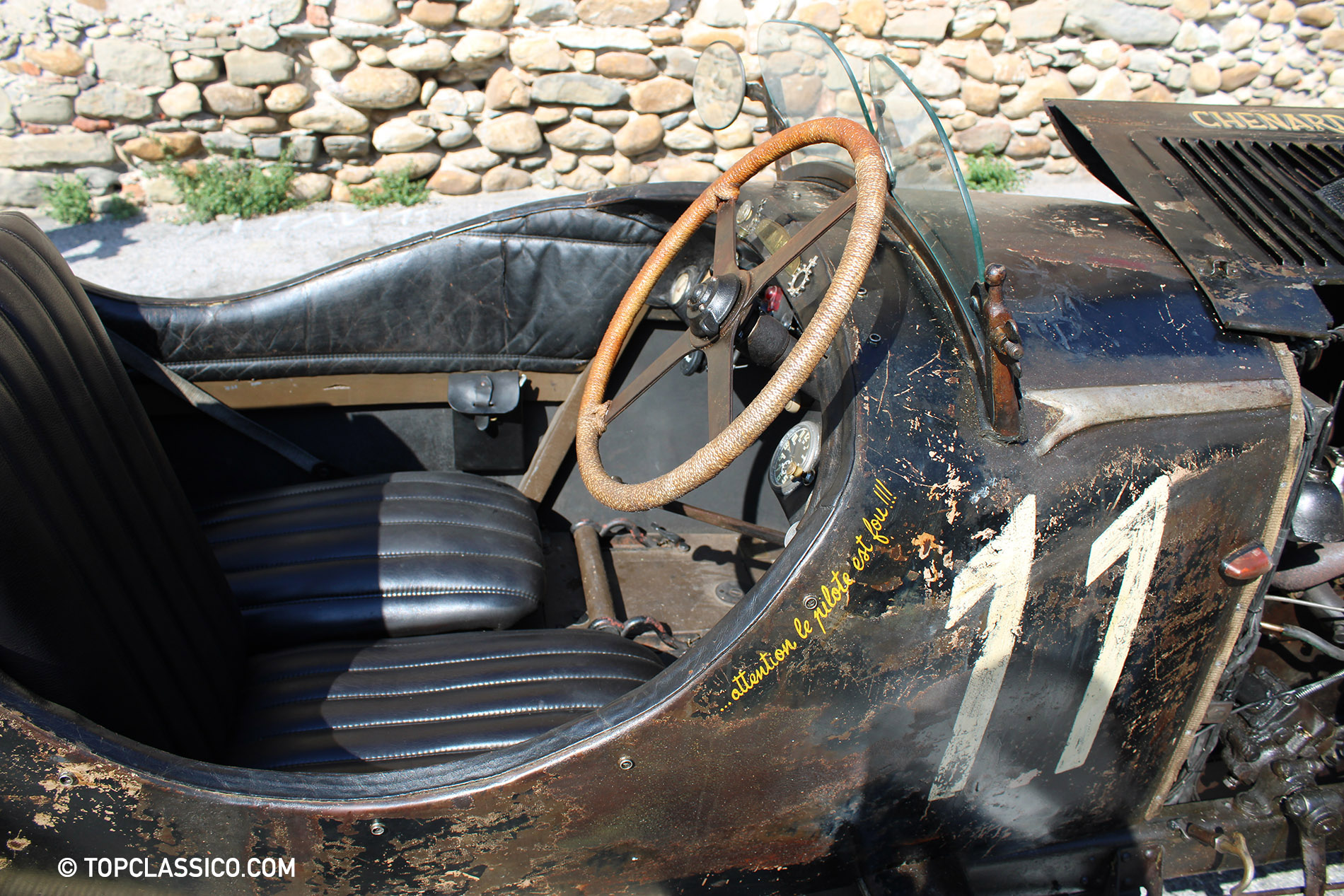
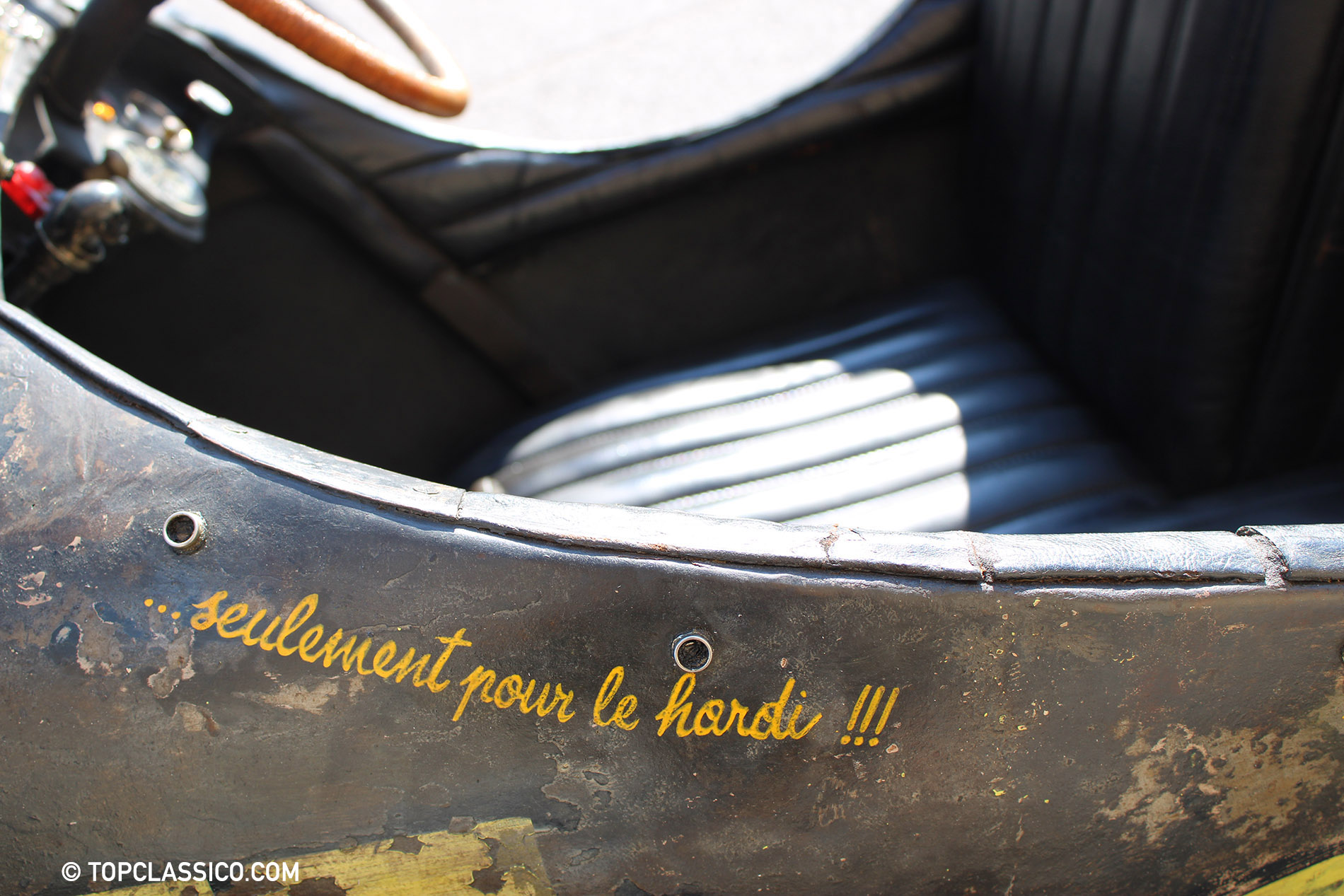


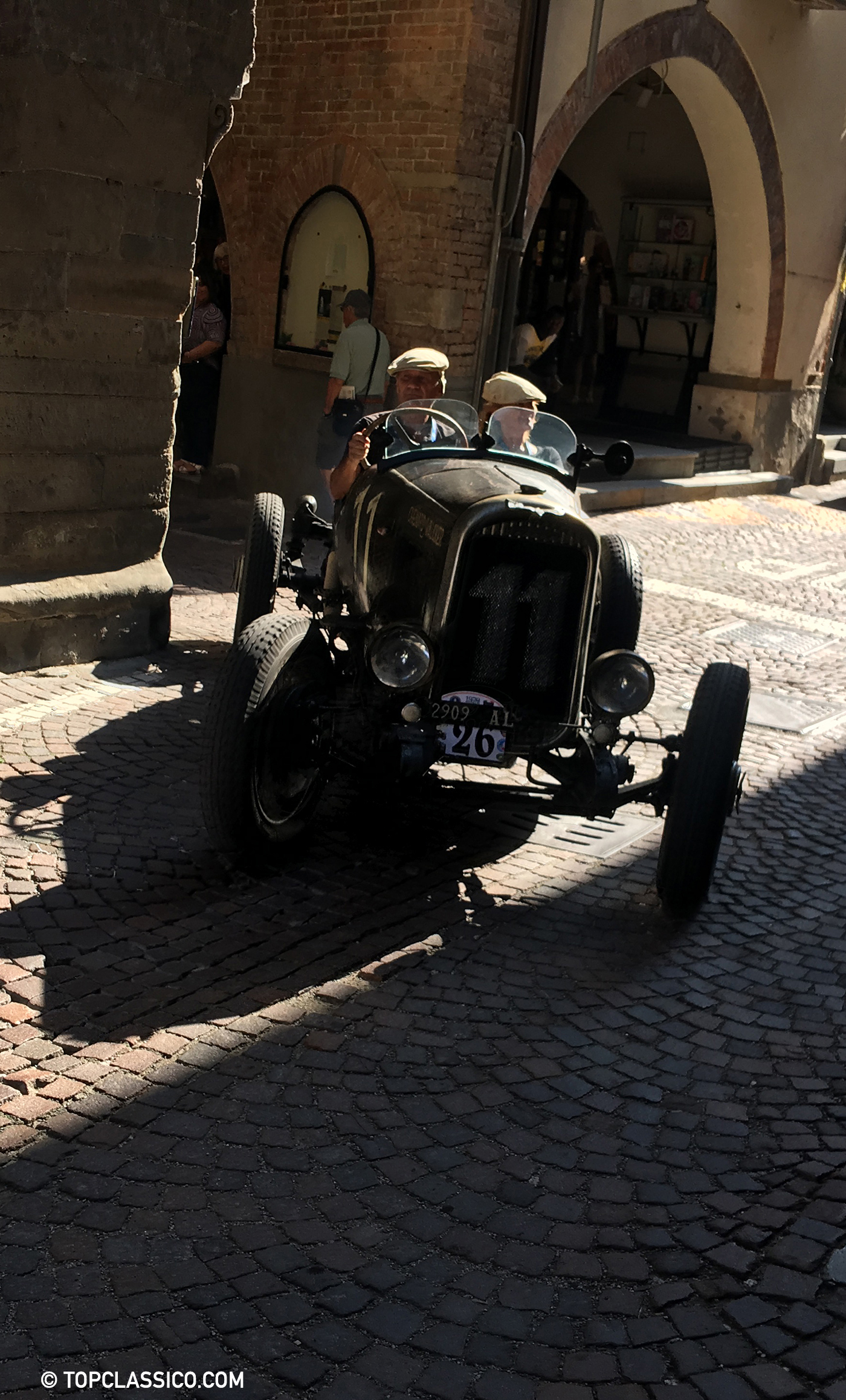
Thirst for speed. The 1929 Y6 pictured in the photos was bought six years ago from a gentleman in northern Italy who had kept it in a garage for a long time. The engine header is particularly performant and you can see that it was made by a tuner at the time, “but when I found the car, the engine block was open and it was all rusted,” says the owner, an Italian classic car enthusiast. “I had to restore the whole engine but we kept the body as we found it because we liked it that way”. He uses the plural because he passed on his passion for old engines to his wife and son. Since the purchase of the Y6 is a joyful memory for anyone and him especially, with enthusiasm: he stated, “I saw the car, I fell in love with it and I immediately started a fundraise among friends, but we didn’t buy it together, the purchase was mine. They, who are real friends, contributed, who with 2,000, who with 3,000 euros…”, he remembers smiling.

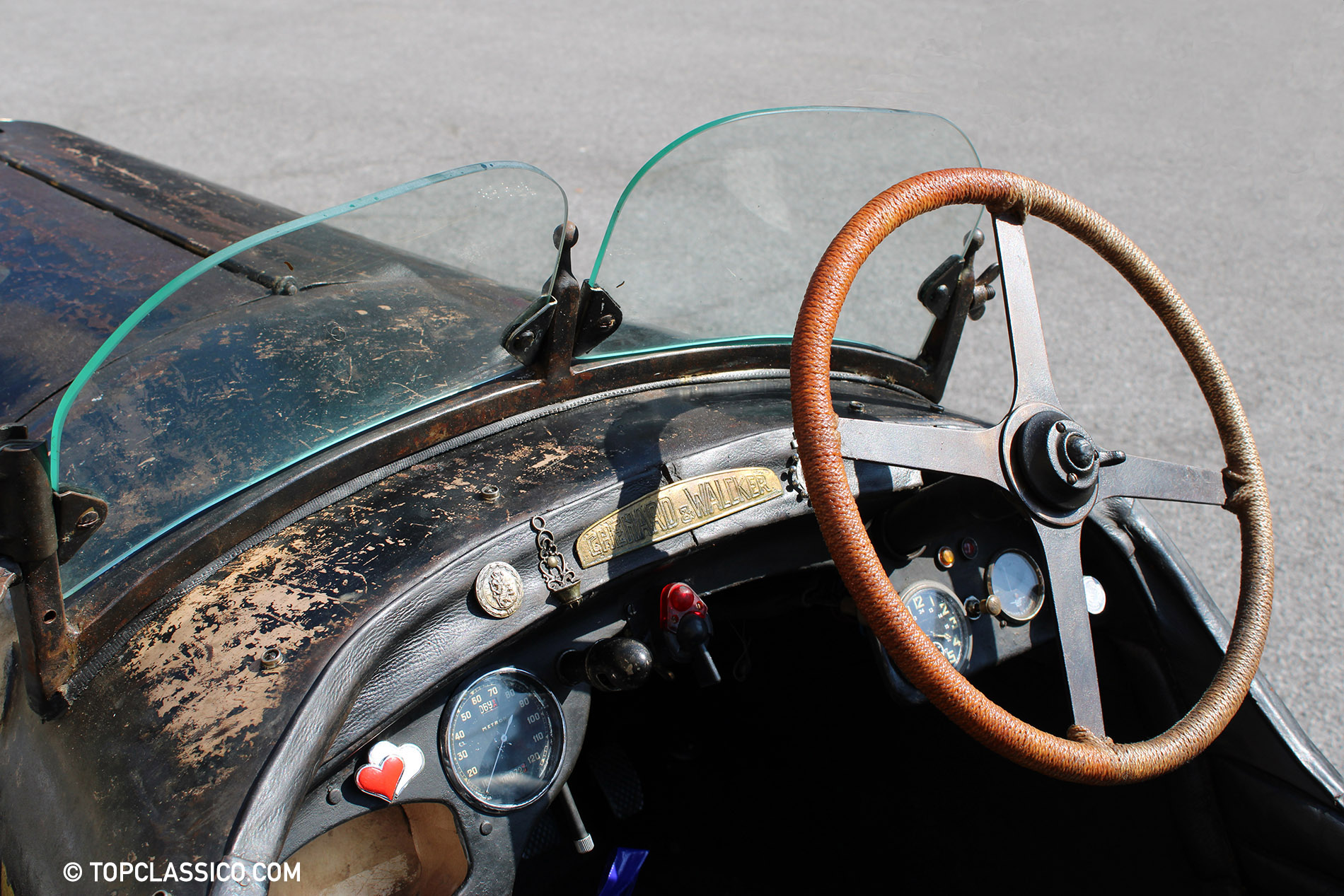

Devil and holy water. “The seats were like that too, but I had the leather changed because it was practically crumbled and I changed the wheels, which were not right: I installed spoked ones,” continues the current caretaker. “The headlights and the glass, then, I found them in some fairs, and I installed them as well”. An accessory that was already present is certainly the small tray fixed to the dashboard that looks like a miniature holy water stoup. What does that mean? Did this Chenard et Walcker have a very religious driver? Someone who, in addition to always keeping the Saint Christopher’s image with him, protector of motorists, wanted to cross himself before races? It is hard to find out; today investigating the history of a car produced almost a century ago is almost a “mission impossible”. But certainly, the combination of a racer with a Catholic symbol is a nice contrast. It is like comparing the devil with holy water.
© UNAUTHORIZED REPRODUCTION FORBIDDEN
